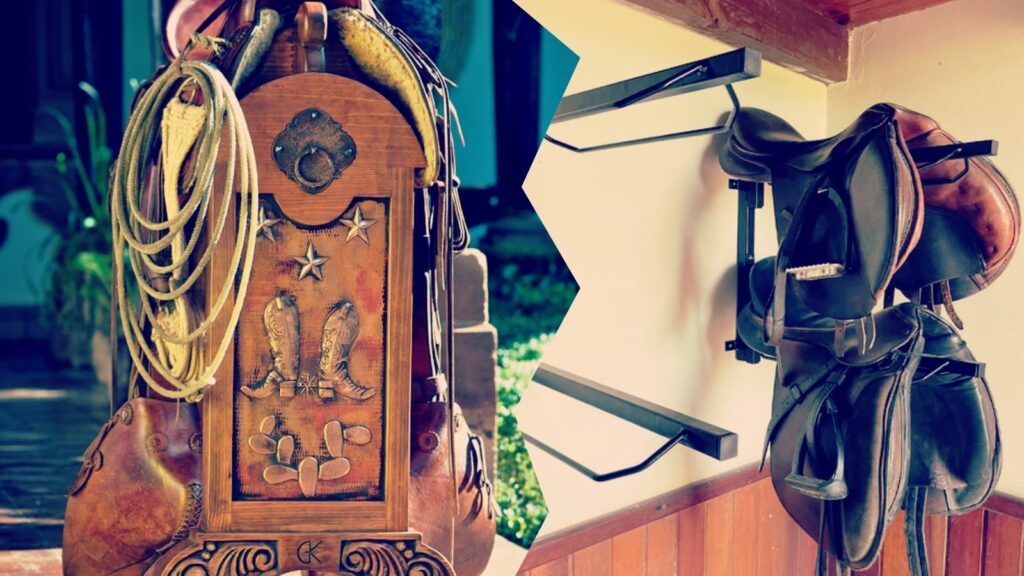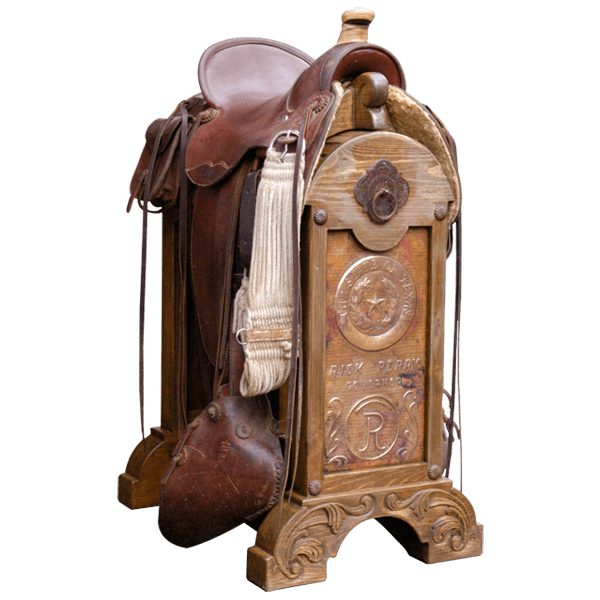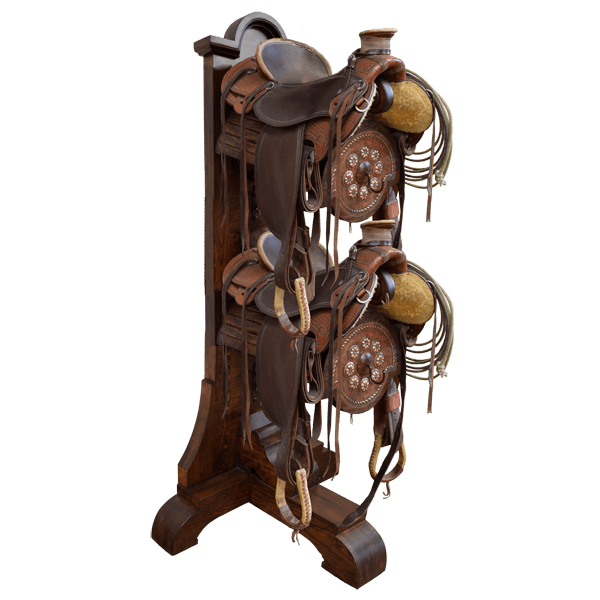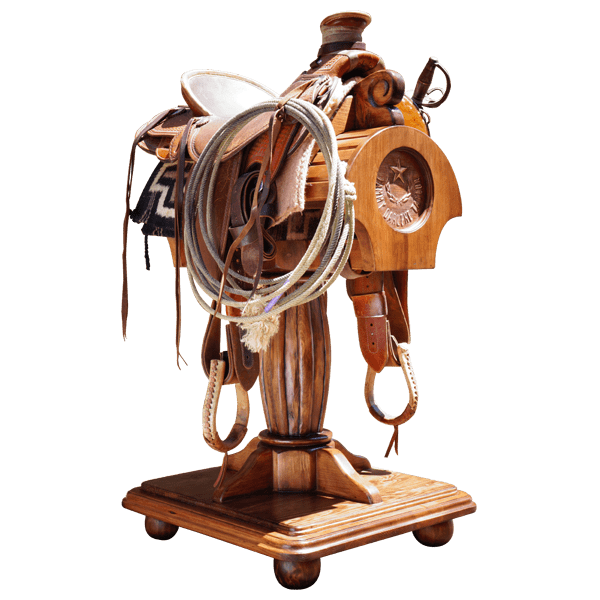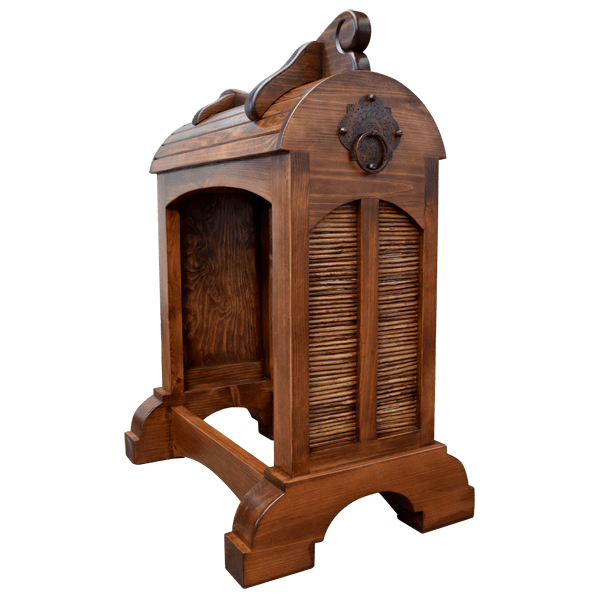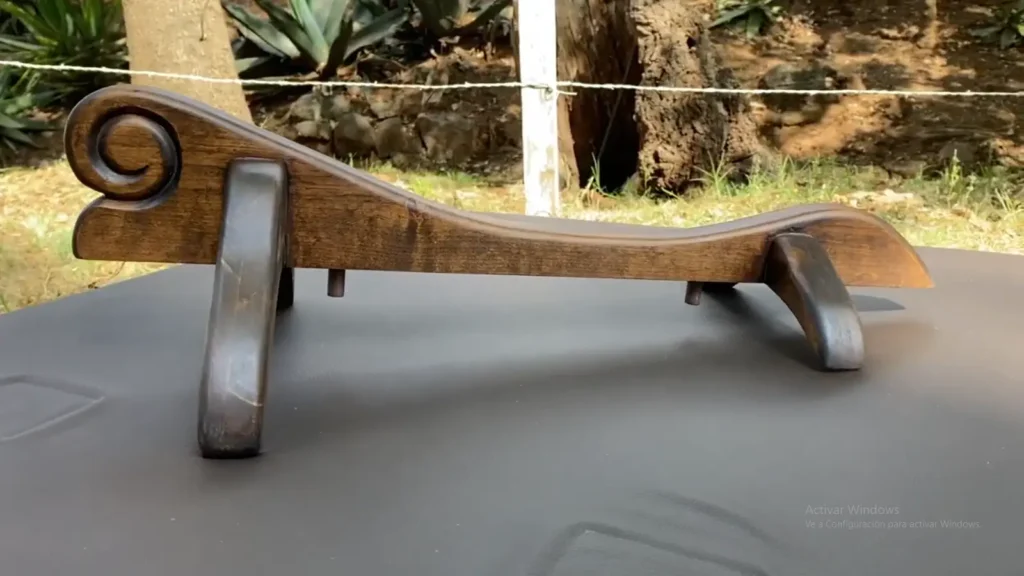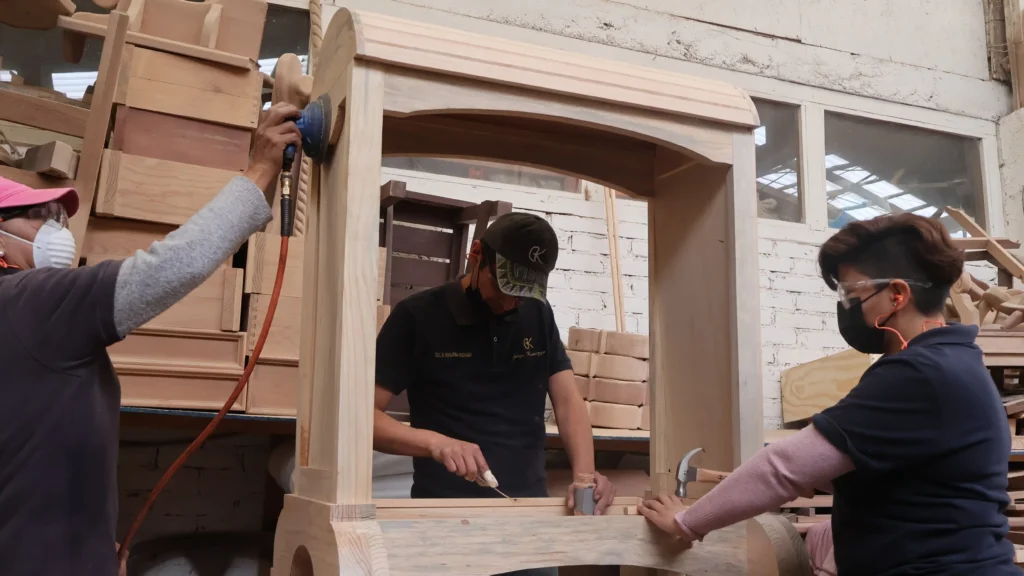Handcrafted vs. Factory made saddle stands
When it comes to choosing a saddle stand for your gear, one of the most important decisions you’ll make is whether to opt for a handcrafted or factory made stand. Both types have their advantages and disadvantages, and understanding the key differences between them will help you make a more informed decision on which one best suits your needs. In this article, we’ll compare handcrafted and factory made saddle stands, exploring their features, advantages, durability, price, and how their construction affects the overall quality and functionality of the product.
The basic difference between Handcrafted and Factory-Made Stands
Handcrafted saddle stands are made by hand by skilled artisans, often using traditional techniques and carefully selected materials for each piece. These products are made to order, meaning they can be customized according to the customer’s needs.
On the other hand, factory made stands are mass-produced, typically using machinery and automated processes. While they are effective for producing large quantities at a lower cost, they often lack the customization and attention to detail found in handcrafted products.
Durability and strength: Which one lasts longer?
One of the most important aspects when choosing a saddle stand is its durability. Handcrafted stands are generally more durable and long lasting. This is because artisans carefully select high quality materials and work them by hand to ensure each piece is strong and resilient. Additionally, the handcrafted process allows for adjustments and corrections to optimize the stand’s durability.
In comparison, factory made stands, although they can also be durable, are often made with cheaper materials and mass produced without as much attention to detail. This can mean that some factory made stands may not have the same strength and longevity as handcrafted ones. However, there are some high quality factory made models that are built with good materials and can offer a considerable lifespan.
Aesthetics and customization: Which offers more options?
Handcrafted saddle stands shine especially when it comes to aesthetics and customization. Since they are made by hand, artisans can offer a variety of unique designs, custom finishes, and details that can be tailored to the individual’s taste. If you’re looking for something exclusive, that represents your personal style and fits your needs perfectly, a handcrafted stand is likely the best option.
In contrast, factory made stands tend to be more standardized and less customizable. While there are options with different finishes, customization is limited compared to handcrafted products. However, if you don’t have a particular design preference and are looking for functionality, a factory made stand may suffice.
Price: Which one is more affordable?
Price is one of the key factors in making a decision. Factory made saddle stands are generally more affordable because mass production processes reduce costs. Additionally, industrial companies can leverage large scale manufacturing to offer products at lower prices. If your budget is limited and you’re looking for an economical option, a factory made stand might be the way to go.
On the other hand, handcrafted stands are more expensive due to the skilled labor, high quality materials, and time spent on each piece. While the initial investment may be higher, a handcrafted stand has the potential to be more durable and customized, which can justify the additional cost if you value quality and exclusivity.
Manufacturing process: How are Handcrafted vs. Factory Made stands made?
The manufacturing process of handcrafted stands is entirely different from that of factory made stands. Artisans typically use manual tools and traditional methods to work with wood, metal, leather, and other materials. Each stand is carefully designed, assembled, and finished by skilled hands. This process allows the artisan to fine tune every detail of the stand to suit the customer’s needs, giving it an edge in customization.
In contrast, factory made stands are produced in large factories, where automated machines and mechanical processes are used to create the pieces. While this method is much faster and more efficient, it also limits the possibility for customization. Factory made products are designed to meet the mass market demands, meaning they don’t receive as much attention to perfection with each unit.
Maintenance: Which requires more care?
Handcrafted stands require regular maintenance, especially if they are made from natural materials like wood or leather. You may need to apply special products to preserve the finish or protect the material from moisture and wear. However, with proper care, these stands can last a lifetime due to their high quality construction.
On the other hand, factory made stands may require less maintenance because of the nature of the materials used in their manufacturing, which are often more resistant to wear and the elements. However, although they may be easier to maintain, some models may not have the same longevity as handcrafted ones, particularly if they aren’t built with durable materials.
Environmental impact: Which is more sustainable?
In terms of sustainability, handcrafted stands are often a more eco friendly option. Since they are produced locally and with carefully chosen materials, handcrafted products tend to have a smaller environmental footprint. Additionally, artisans often use techniques that generate less waste and make the most of natural resources.
Factory made stands, on the other hand, often have a larger carbon footprint due to mass production processes and long distance shipping. Industrial processes can be less sustainable, as many of the materials used are synthetic or of lower quality and not biodegradable.
Long-Term value: which is the better investment?
Finally, long term value should be a key consideration. While factory made stands may seem like a more economical option initially, the quality of the materials and construction may not last as long as that of handcrafted stands. In terms of long term value, a well maintained handcrafted stand could be a better investment, as its durability, aesthetics, and customization can remain relevant for many years.
